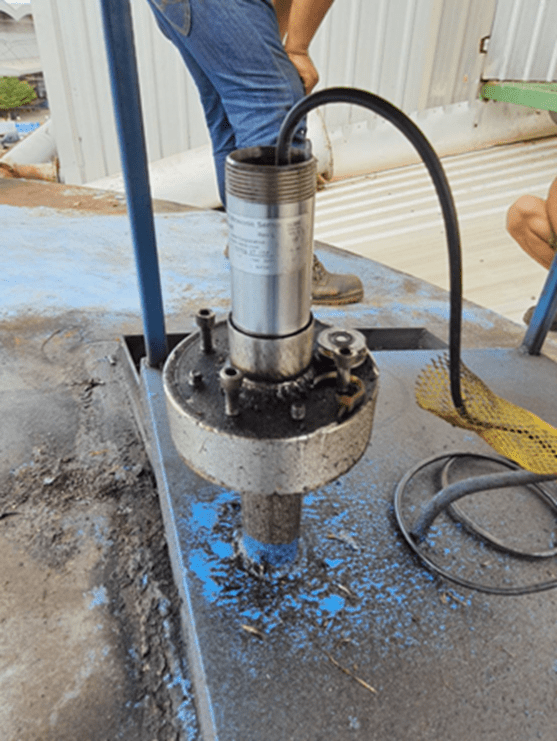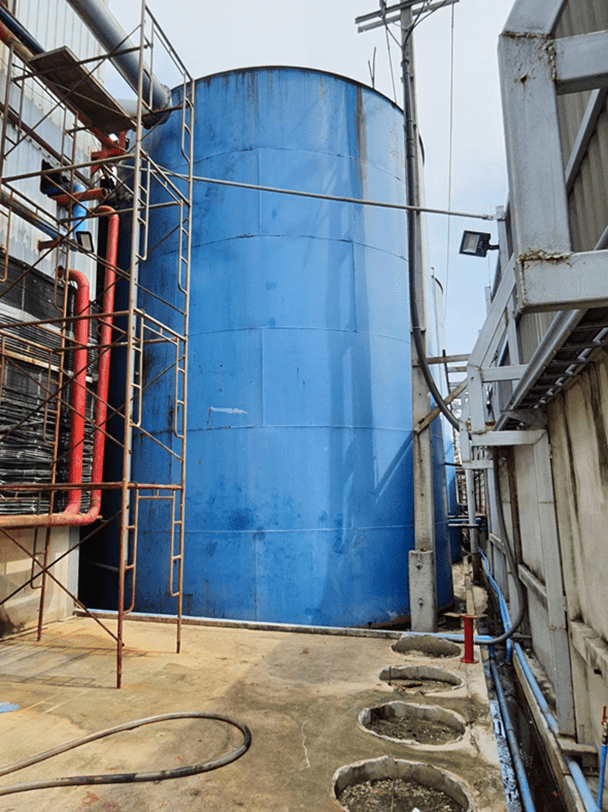Ultrasonic Sensors from Senix Chosen for Palm Oil Measurements
Palm oil is a small ingredient in the U.S. diet, but more than half of all packaged products that Americans consume contain palm oil.
Grown only in the tropics, the oil palm tree produces high-quality oil used primarily for cooking in developing countries. It is also used in food products, detergents, cosmetics and, to a small extent, biofuel. 
The Senix ToughSonic® 30 has been selected as the sensor of choice at a large producer of palm oil in Asia. ToughSonic 30 ultrasonic sensors accurately measure and monitor the level of oil in large outdoor tanks, approximately 29.52 feet (9 meters) in height. The level data is displayed via the sensor’s 4-20mA output on a display unit, available from Senix.
Chosen due to its rugged and durable design, ToughSonic sensors are engineered for use in some of the harshest environments. They feature 316 stainless steel housings, potted and protected electronics, and IP68 rating. They quickly and accurately measure liquid levels or distance, easily connect to display units, and can control switches or pumps in the production process.
Predicament of Palm Oil Production
Oil palms are grown both on large plantations and on small family farms across Asia, Africa, and Latin America. Such rapid expansion comes at the expense of tropical forests—which form critical habitats for many endangered species and a lifeline for some human communities. Achieving the highest possible yield with the minimum detriment to nature is the challenge of sustainable cultivation.
The World Wildlife Fund (WWF) is working toward a global marketplace based on socially acceptable and environment-friendly production and sourcing of palm oil. In addition to the WWF, various certifications have been established in recent years, including the Roundtable on Sustainable Palm Oil (RSPO), the Rainforest Alliance, International Sustainability & Carbon Certification (ISCC) and the Roundtable on Sustainable Biomaterials (RSB). These groups aim to encourage increased demand for, and use of, goods produced using such practices.
The Future Path of Palm Oil 
More and more companies in all parts of the world are acknowledging their responsibility in the global supply chain and are only purchasing RSPO-certified palm and palm kernel oil. With its excellent market prospects and high profits per hectare, palm oil therefore presents good earning opportunities in rural areas and hence also for smallholders. Sustainability certification opens up access to the international market, which again increases employment and earning opportunities in the rural regions of producer countries.
With increased demand for sustainability in production comes the need for safe, efficient, and optimized storage. ToughSonic sensors are the first step in developing a smart bulk inventory management system for eco-friendly palm oil production.
For more information on how Senix can help with your application contact us at info@senix.com or click here.

